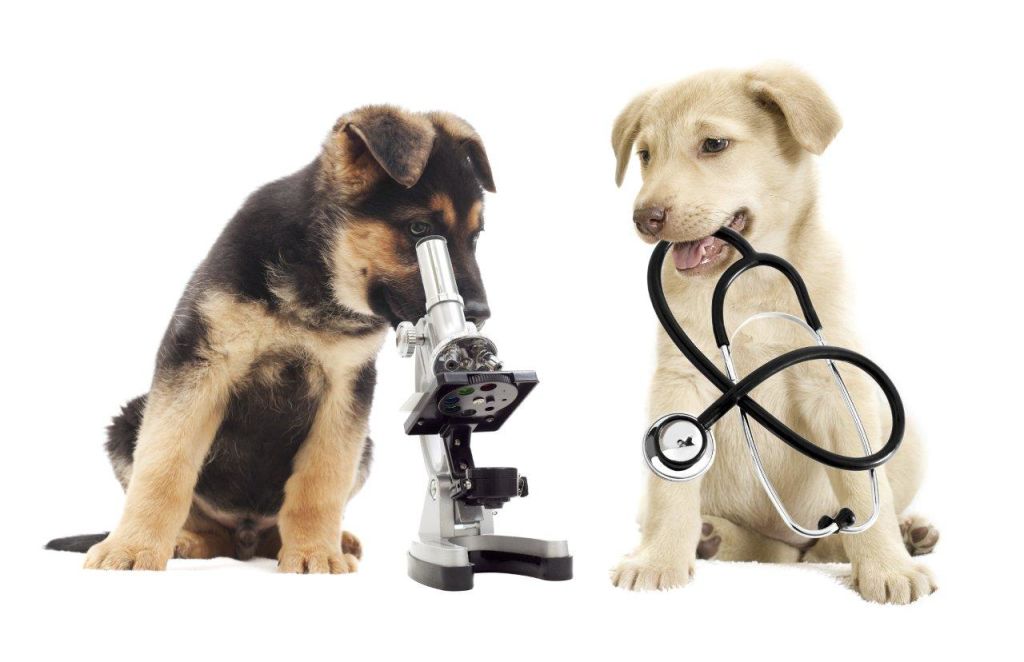Early detection is crucial for maintaining the health and well-being of pets. Just like humans, animals can develop illnesses that may not show obvious symptoms until the condition becomes severe. Utilizing a pet diagnostic service allows veterinarians to identify potential health issues early, ensuring timely intervention and better treatment outcomes.
Pet diagnostic services encompass a range of tests and evaluations that provide detailed insights into a pet’s health. These services include blood work, urinalysis, X-rays, ultrasounds, and other imaging techniques that allow veterinarians to detect abnormalities not visible during a standard physical examination. By relying on these advanced diagnostic tools, veterinarians can develop tailored care plans that address both existing conditions and potential risks.
Importance of Routine Diagnostic Testing
Routine diagnostic testing is an essential part of preventive pet care. Regular check-ups, combined with appropriate diagnostics, can reveal early signs of diseases such as diabetes, kidney disorders, or heart conditions. Detecting these issues before they escalate improves the likelihood of successful treatment and enhances the overall quality of life for pets.
For example, blood tests can identify infections, organ dysfunction, or nutritional deficiencies that may not yet show physical symptoms. Similarly, urinalysis helps monitor kidney function and detect urinary tract infections early. These routine evaluations provide a comprehensive overview of a pet’s internal health and enable veterinarians to intervene before serious complications arise.
Advanced Imaging for Accurate Diagnosis
Advanced imaging techniques are a critical component of pet diagnostic services. X-rays and ultrasounds allow veterinarians to examine bones, internal organs, and soft tissues for abnormalities. These tools are particularly valuable for diagnosing fractures, tumors, and gastrointestinal issues.
Ultrasound imaging, for instance, provides a detailed view of organs like the liver, kidneys, and heart, helping veterinarians identify structural changes or early disease signs. X-rays, on the other hand, are excellent for detecting skeletal problems and respiratory issues. Together, these imaging techniques enable precise and accurate diagnoses that guide effective treatment plans.
Detecting Chronic Conditions Early
Chronic conditions such as arthritis, heart disease, and kidney disorders can develop gradually and may not exhibit clear symptoms in the early stages. Pet diagnostic services help identify these conditions before they significantly impact a pet’s health.
Early detection allows for proactive management, including dietary adjustments, medication, and lifestyle changes that can slow disease progression. For instance, identifying kidney issues early may lead to dietary interventions that protect kidney function and improve long-term health outcomes.
Emergency Diagnostics and Immediate Care
In addition to routine screenings, pet diagnostic services are vital during emergencies. Pets may experience sudden illness or injury, and rapid diagnostics can be lifesaving. Blood tests, imaging, and other assessments help veterinarians quickly determine the cause of symptoms and initiate the appropriate treatment.
Emergency diagnostic capabilities ensure that pets receive timely care, whether it’s stabilizing a fractured bone, addressing a respiratory issue, or treating a sudden infection. Fast and accurate diagnosis improves recovery rates and reduces the risk of complications.
Supporting Preventive Health Programs
Pet diagnostic services also play a key role in preventive health programs. By regularly monitoring a pet’s health through diagnostics, veterinarians can provide personalized recommendations for vaccinations, nutrition, and preventive treatments. This proactive approach minimizes the risk of future health problems and supports long-term wellness.
Furthermore, diagnostics help track the effectiveness of ongoing treatments for chronic conditions. Regular testing ensures that medications and therapies are working as intended and allows adjustments when necessary, keeping pets healthy and comfortable.
Conclusion
Investing in a pet diagnostic service is essential for early detection, accurate diagnosis, and effective management of health conditions in pets. By leveraging advanced testing and imaging techniques, veterinarians can identify potential issues before they become severe, provide timely treatment, and support preventive care. Early detection not only improves the quality of life for pets but also helps pet owners ensure their companions remain healthy and happy for years to come.



